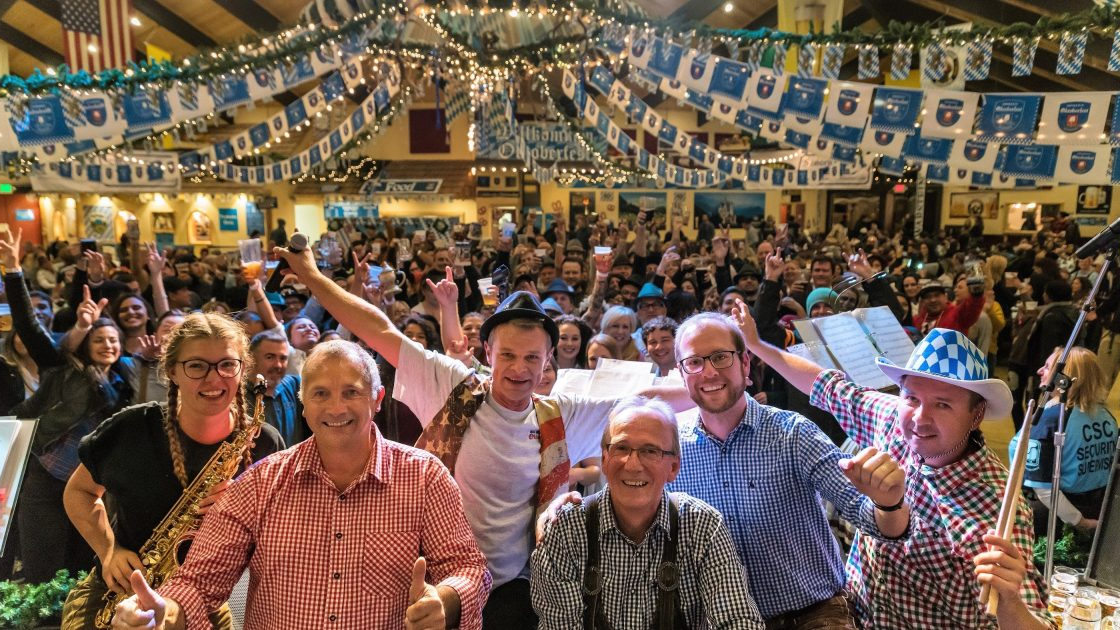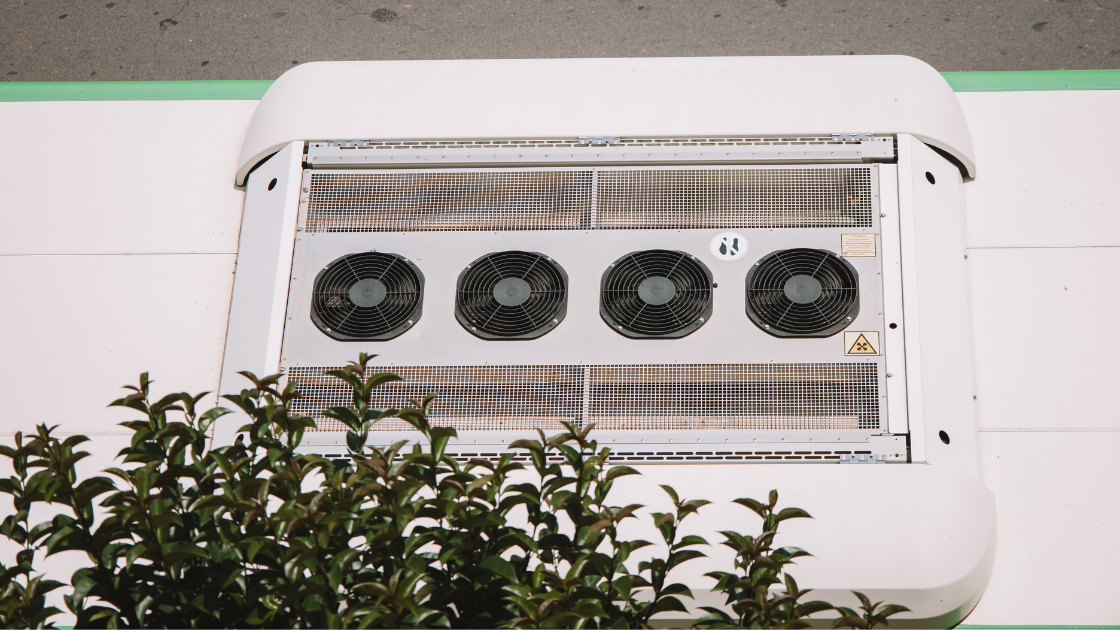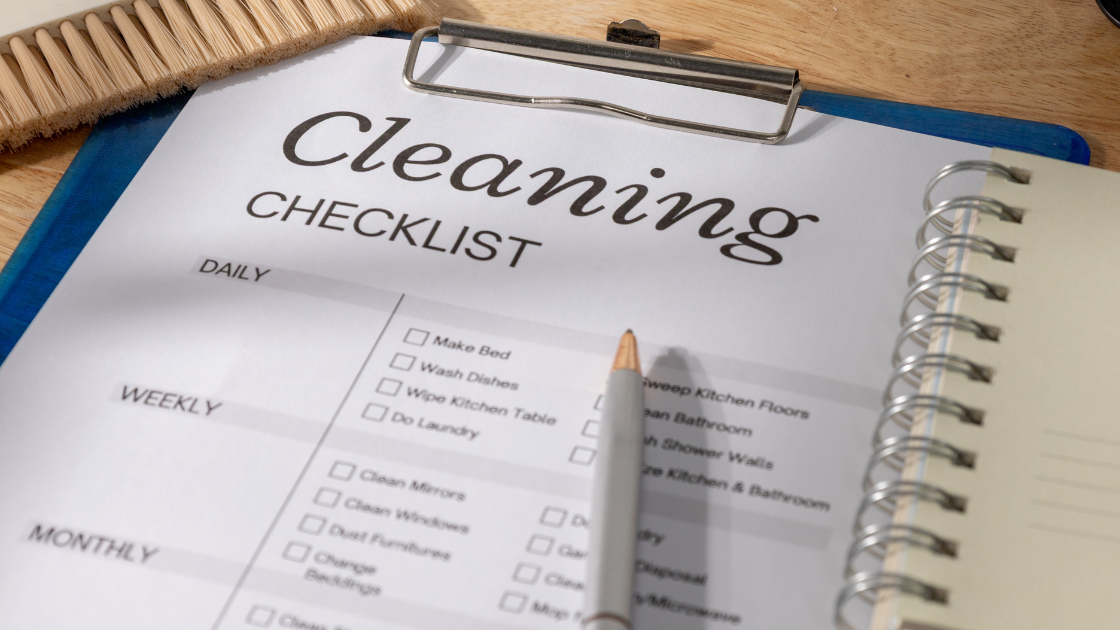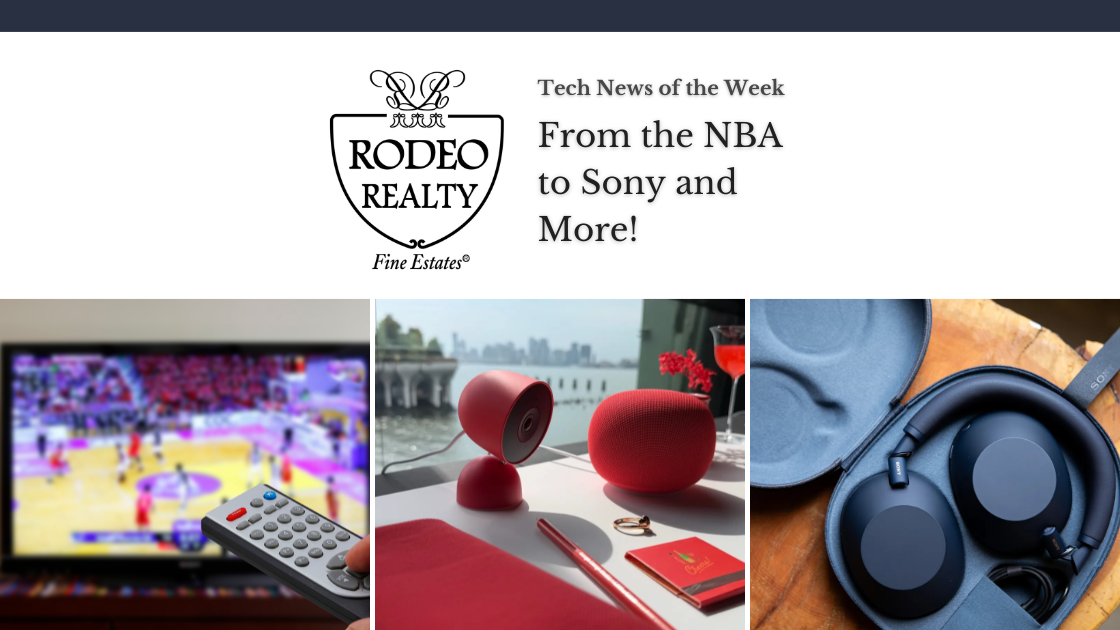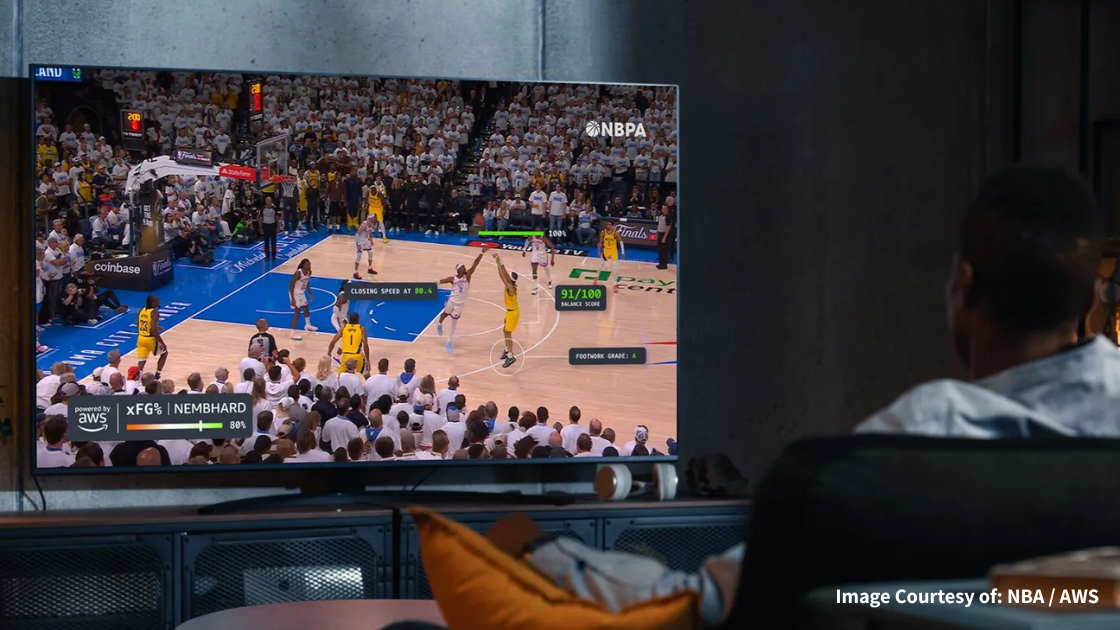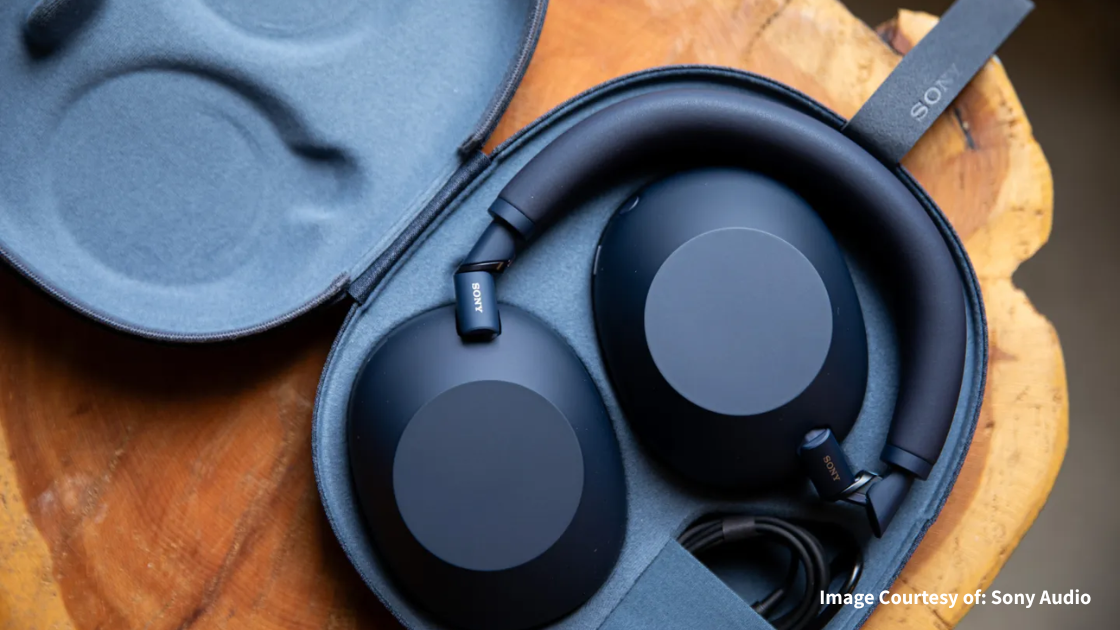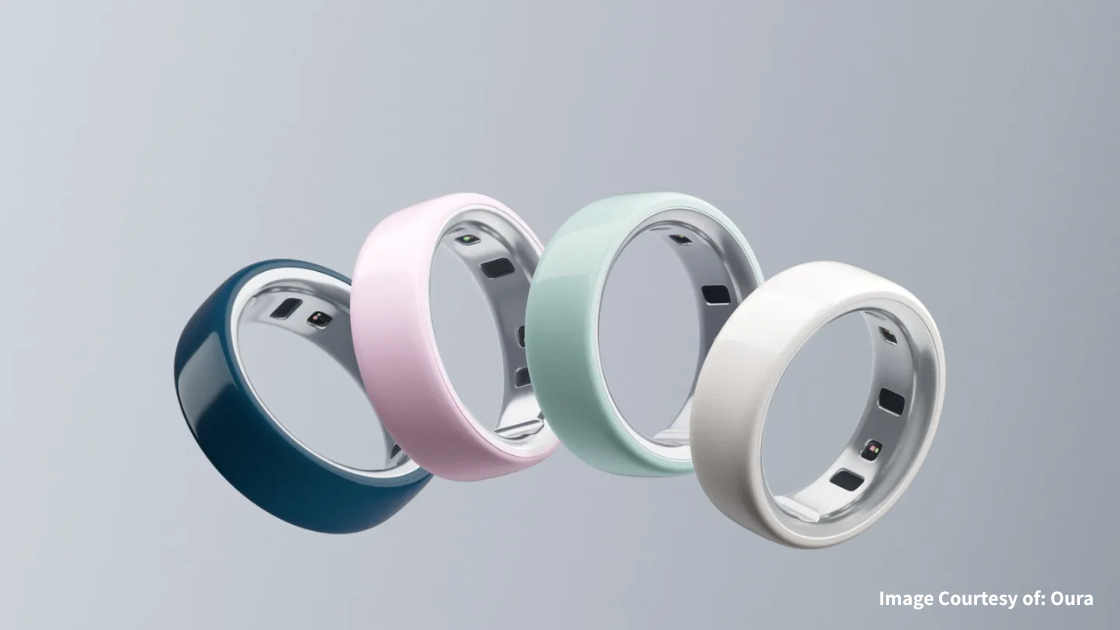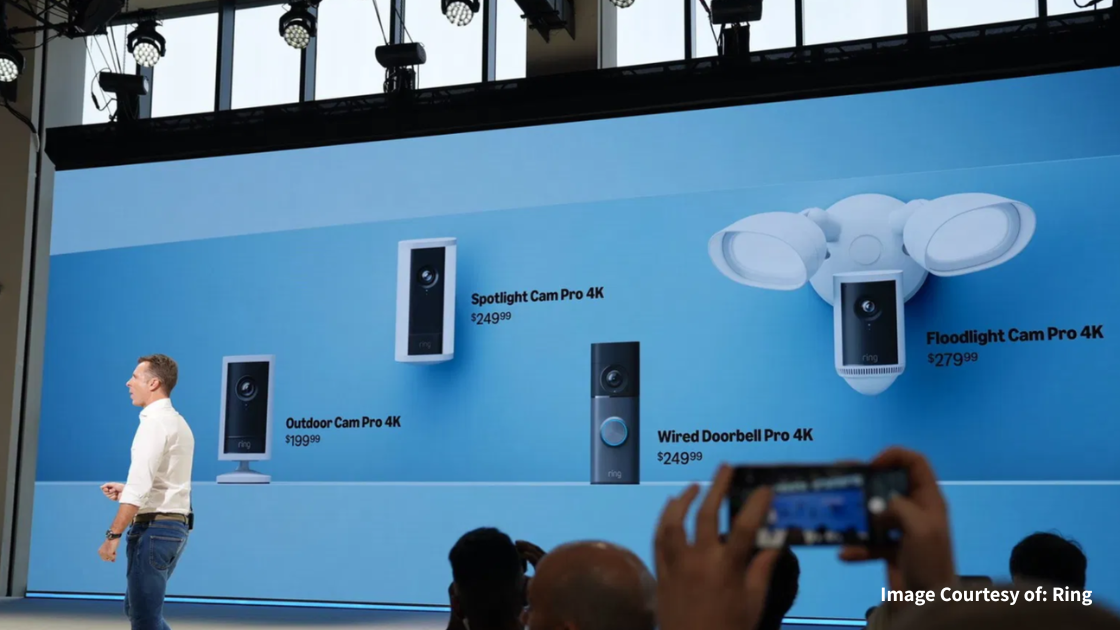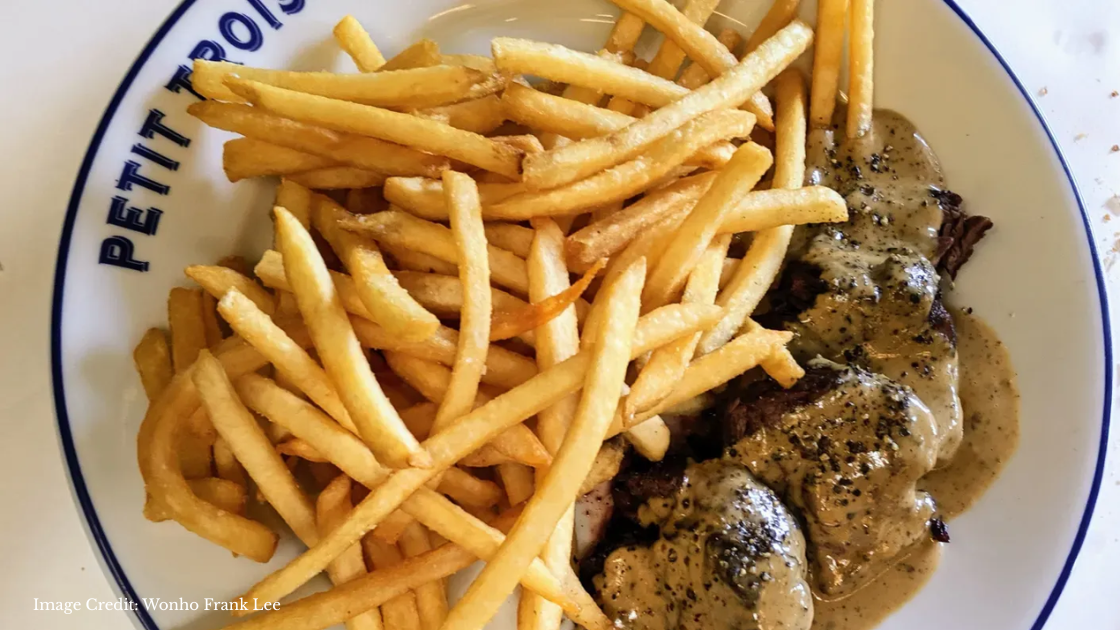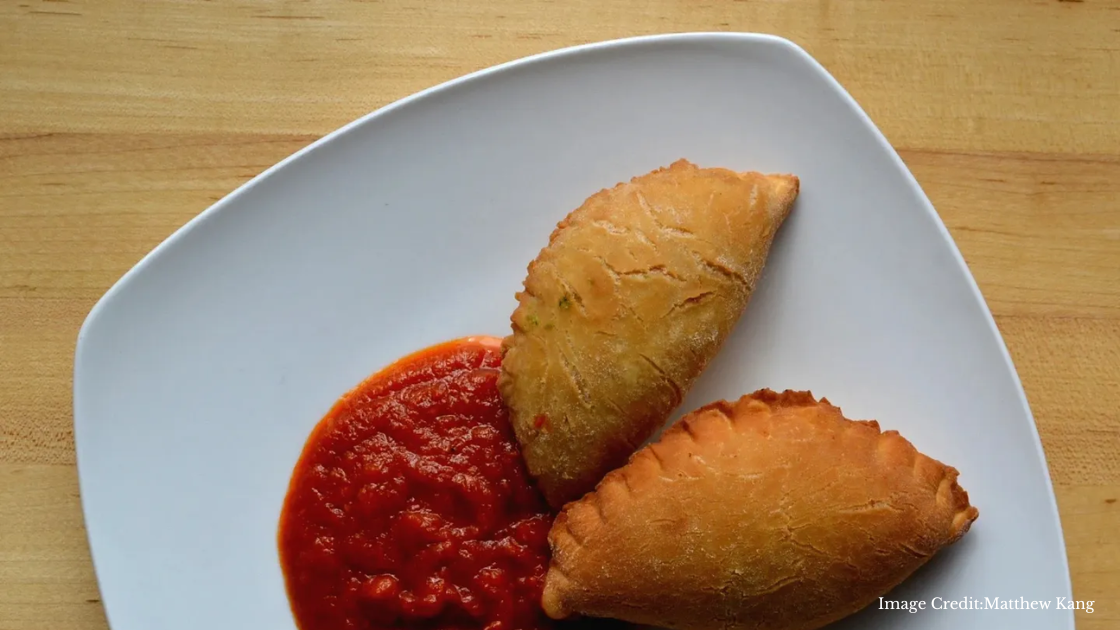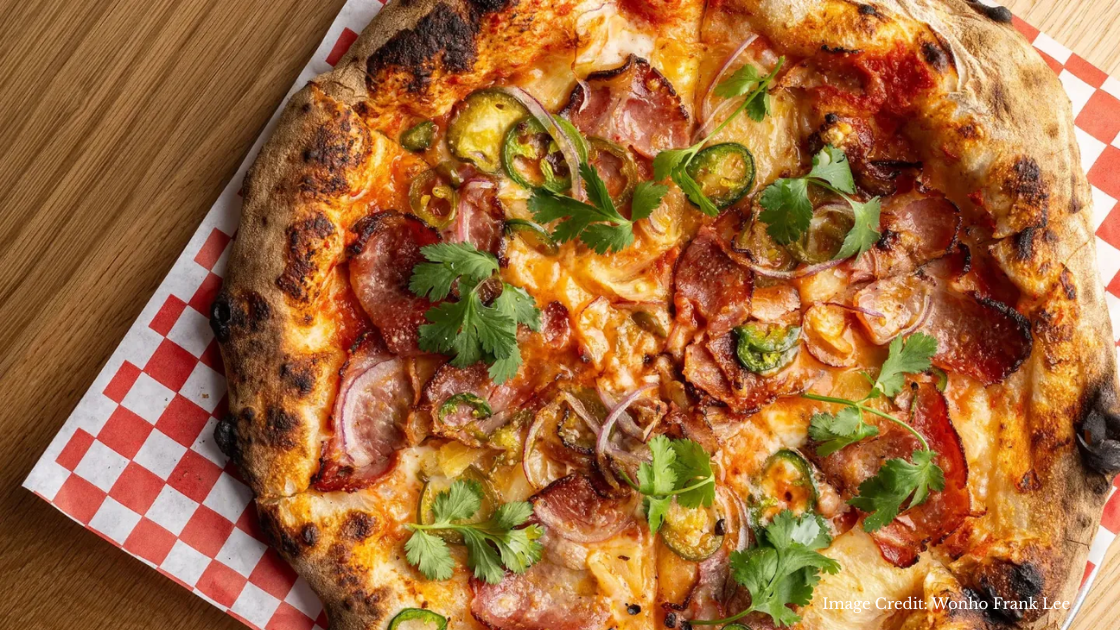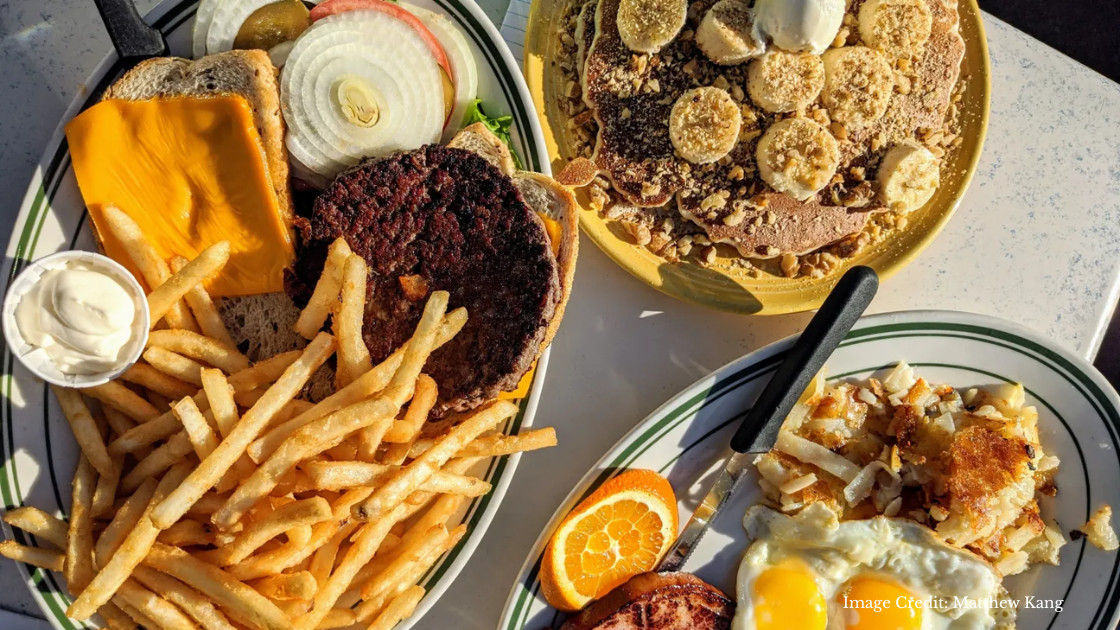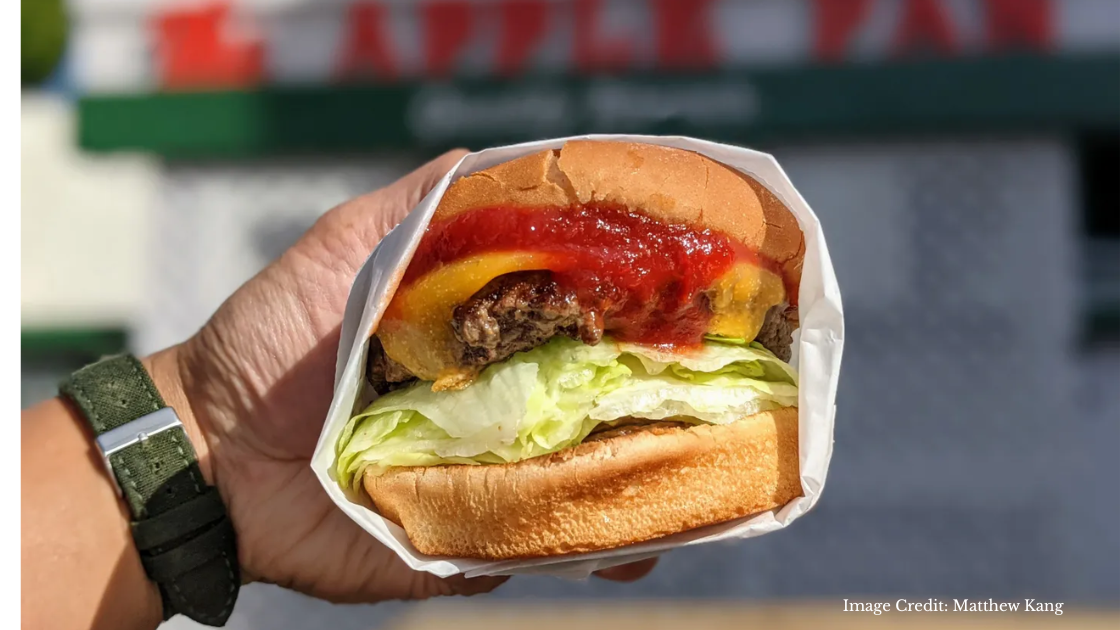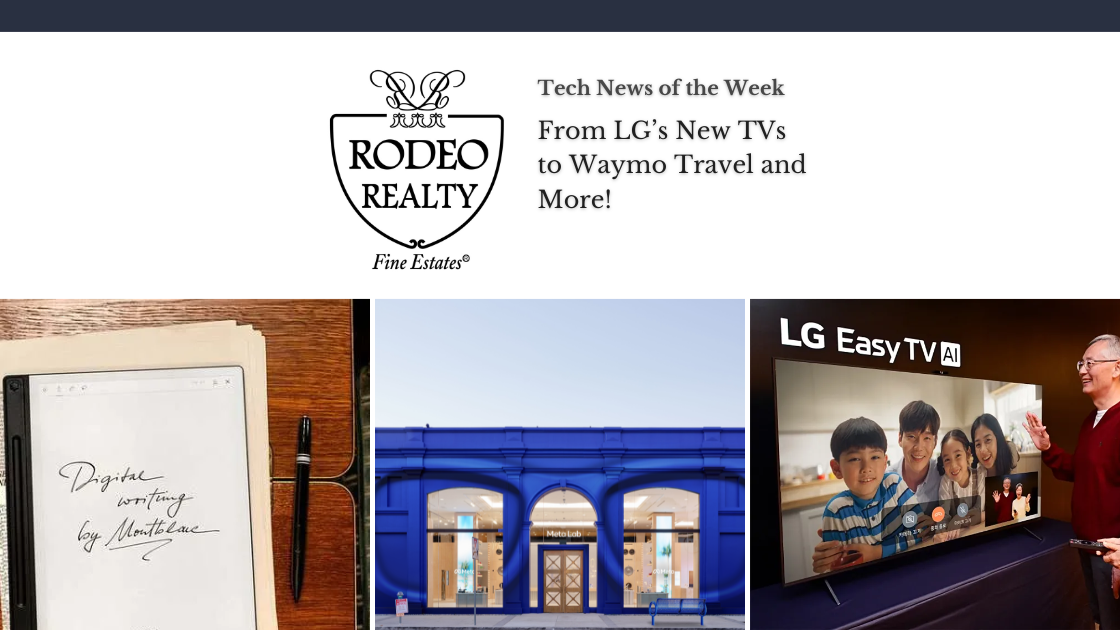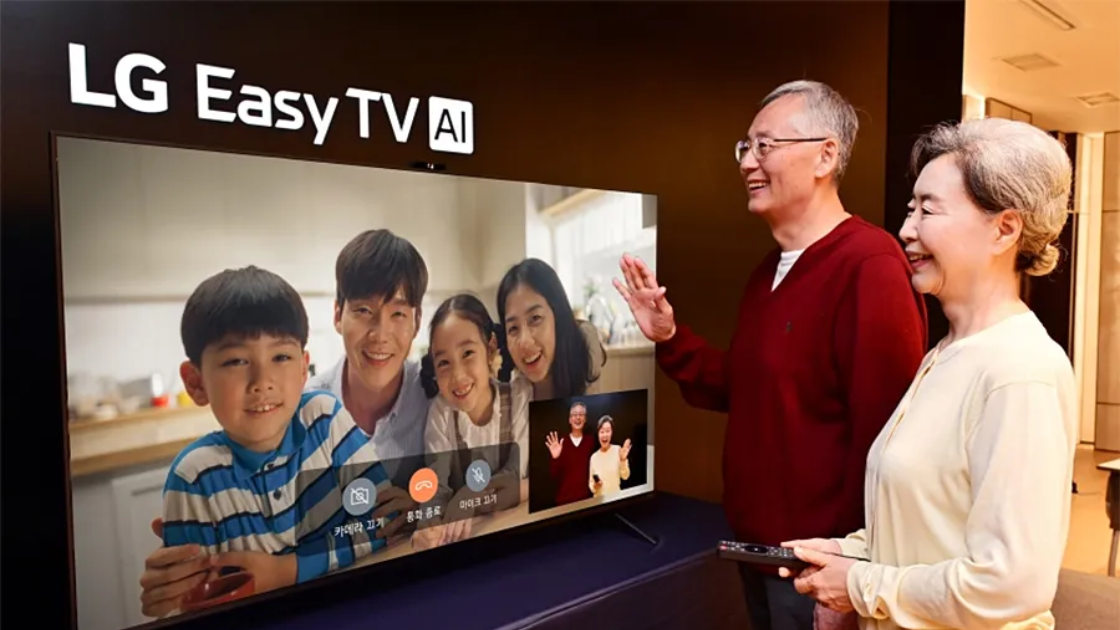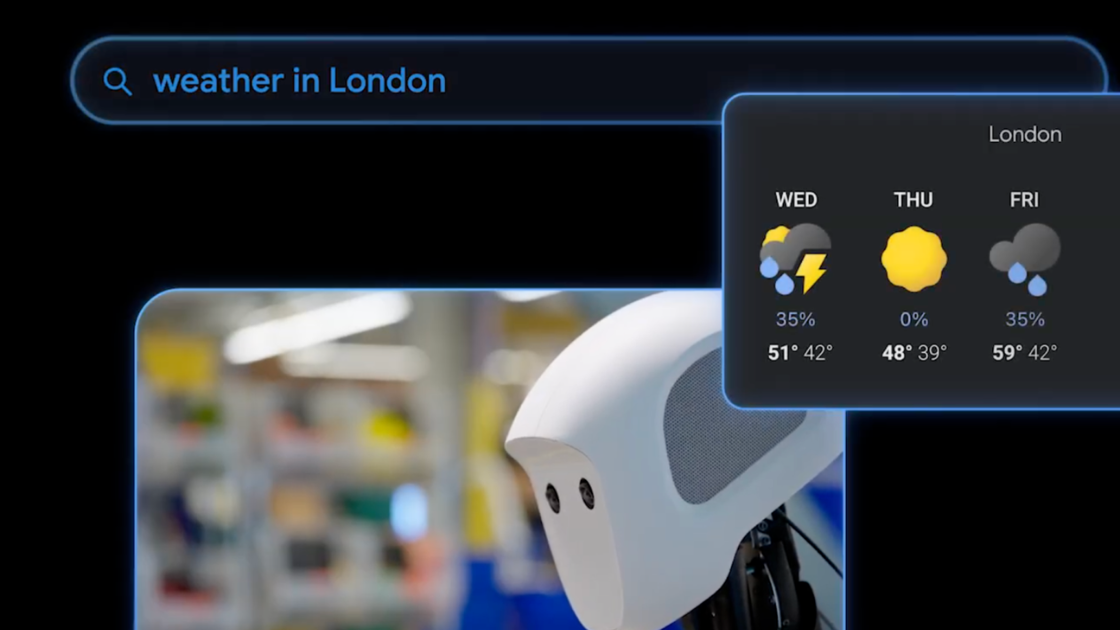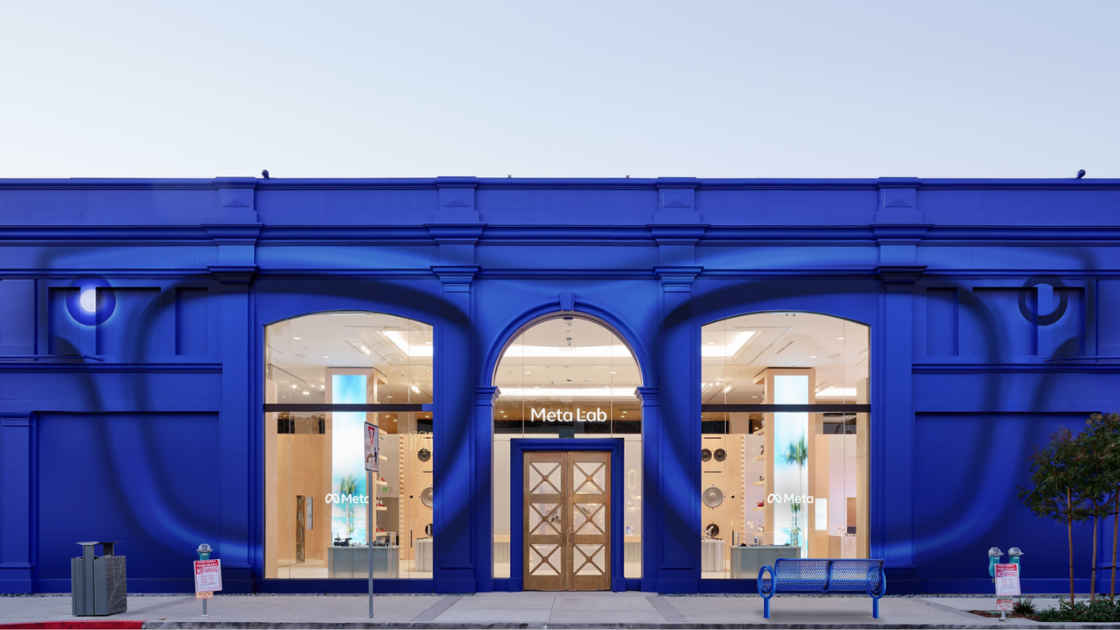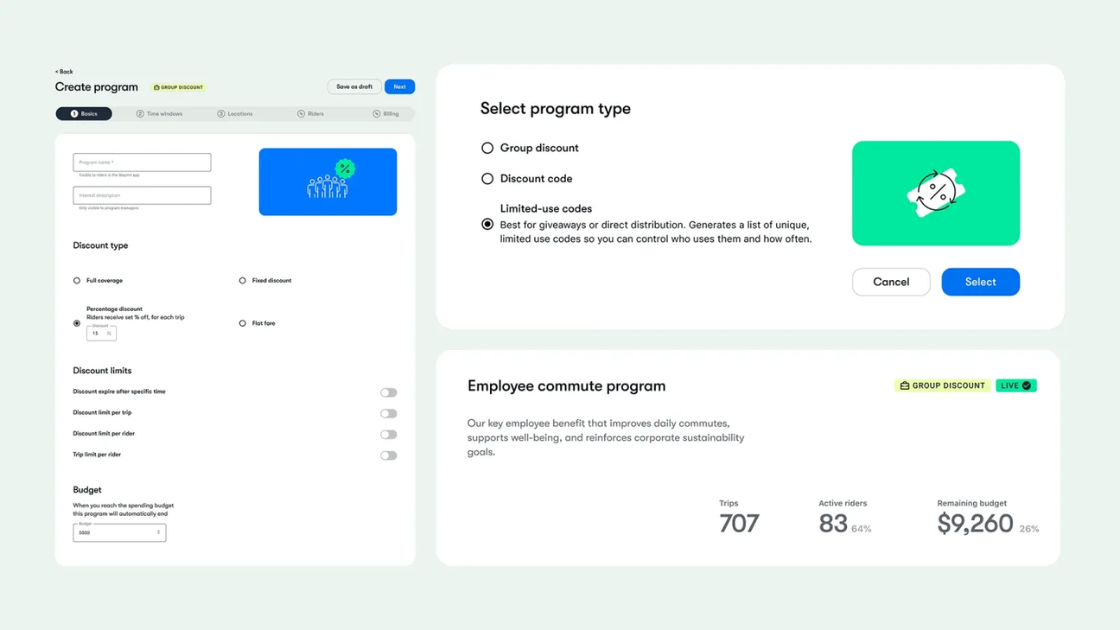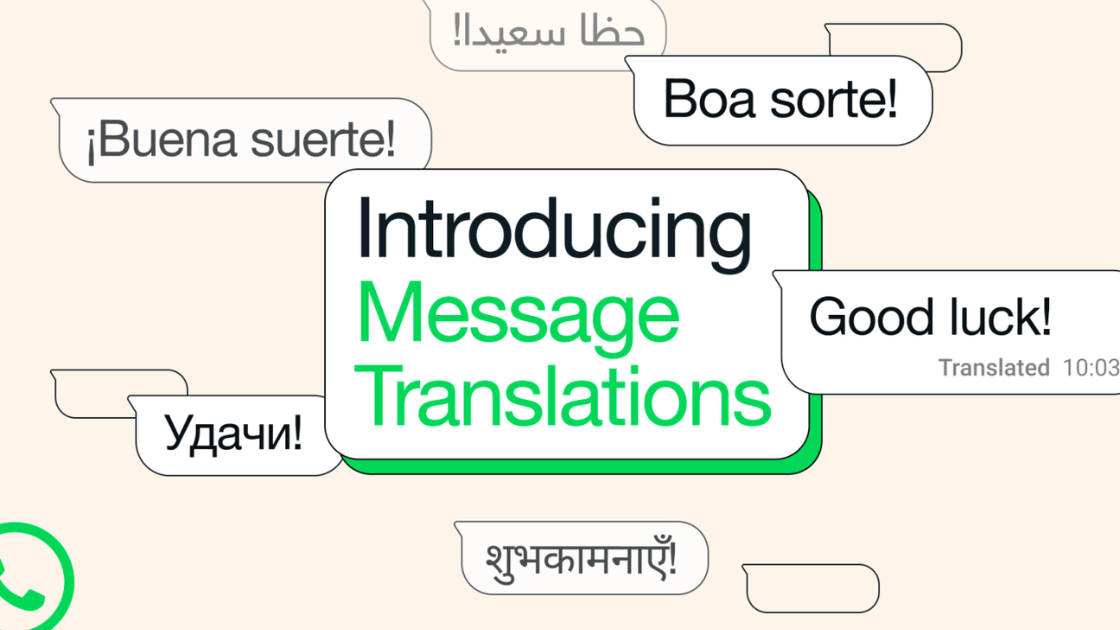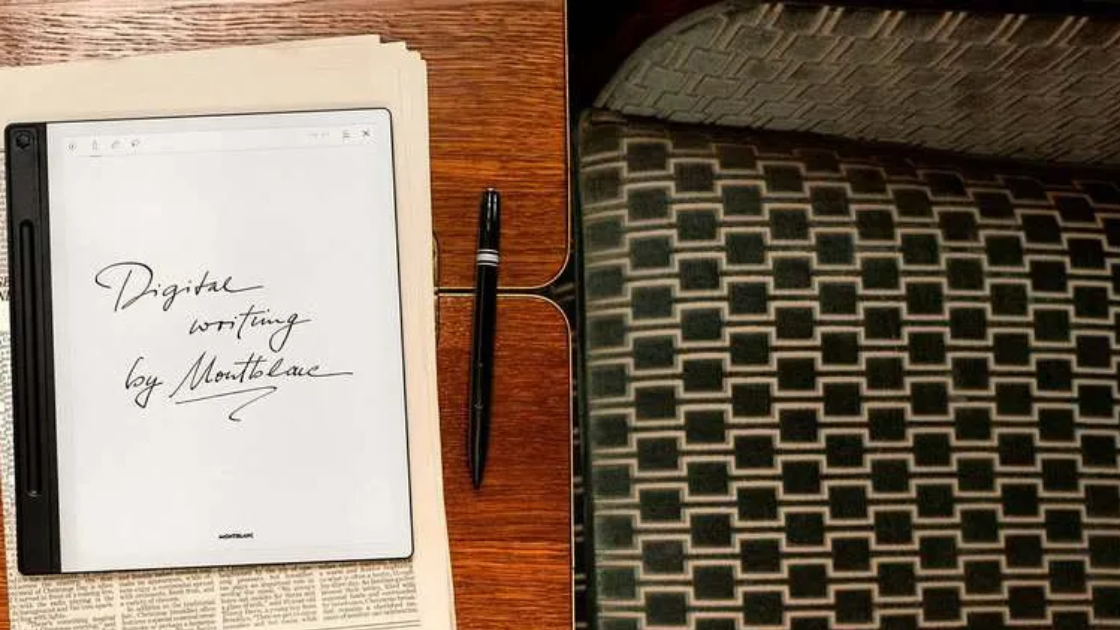As autumn rolls into Los Angeles, the local dining scene is heating up with fresh new restaurant openings. Likewise, each of these top picks is worth making a reservation for. Enjoy laid-back rooftop spots with coastal views. Or indulge in globally inspired tasting menus and next-level cinnamon rolls. Of course, there’s something for every palate in the City of Angels. This season’s top restaurants bring an elevated mix of style, flavor, and ambiance. Check out the best new restaurants in town to savor this fall.
Jade Rabbit

Location: 2301 Santa Monica Blvd, Santa Monica, CA 90404
For Santa Monica restaurant openings, Chef Bryant Ng returns with a nostalgic and flavorful new concept: Jade Rabbit. Inspired by Chinese American eateries of the ’80s and ’90s, this fast-casual spot offers elevated combination plates with mains like orange mango chicken and beef with broccoli, paired with chow mein, rice, and seasonal vegetables. It’s comfort food with culinary heritage, served with a modern sensibility.
Kassi Venice Beach

Location: 1697 Pacific Avenue, Venice, CA 90291
Perched atop Hotel Erwin, Kassi Venice Beach delivers stunning rooftop views and a Mediterranean menu perfect for sunset dining. Enjoy mezze-style dishes like spanakopita quesadillas, lamb meatball skewers, and harissa honey chicken, all served with fresh, za’atar-dusted flatbread. The sleek ambiance and ocean breeze make it a standout coastal destination for both locals and visitors.
All About the Cinnamon

Location: 4341 Van Nuys Blvd, Sherman Oaks, CA 91403
After years of pop-ups and Smorgasburg fame, All About the Cinnamon has a permanent home in Sherman Oaks. Likewise, one of the valley’s latest restaurant openings is a sweet lover’s dream. All About The Cinnamon is known for indulgent cinnamon rolls like The Cube (with Oreo frosting). We also can’t help but want more of the Notorious B.A.B.K.A., the bakery combines nostalgia with bold flavors. Expect lines and cult-worthy baked goods that are worth the wait.
Casa Dani

Location: 10268 Santa Monica Blvd, Los Angeles, CA 90067
Dani Garcia, one of Spain’s most celebrated chefs, brings his sophisticated culinary style to Century City with Casa Dani. One of Westfield’s latest restaurant openings, the restaurant showcases upscale Spanish cuisine with dishes like bluefin tuna carpaccio and ultra-thin paella topped with Cornish game hen. A prix fixe lunch and indulgent cocktails make this a chic midday or evening destination.
88 Club

Location: 9737 S Santa Monica Blvd, Beverly Hills, CA 90210
Chef Mei Lin makes a striking return to fine dining with 88 Club, located in Beverly Hills. The menu draws influence from her travels and upbringing. Likewise, look for standouts like prawn toast, kung pao scallops, and Singaporean chow mein. Designed with Art Deco flair, one of 90210’s latest restaurant openings easily exudes modern glamour. Of course, this makes it ideal for both special occasions and culinary adventurers.
Darling
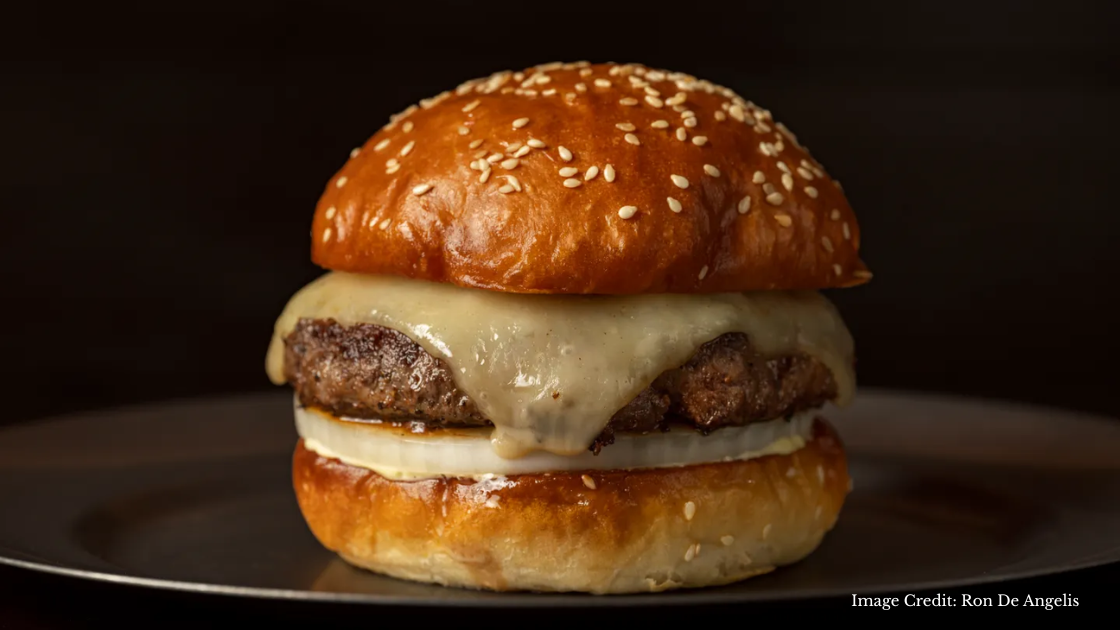
Location: 631 N Robertson Blvd, West Hollywood, CA 90069
Southern chef Sean Brock opens Darling, a refined live-fire concept that brings California’s finest ingredients to life. Expect standout plates like almond wood–grilled Dungeness crab. Or opt for savory with a 45-day-aged New York strip, alongside curated cocktails in the vinyl-lined listening lounge. It’s a must-visit for gourmands who crave rustic elegance and sonic ambiance.
Lucia

Location: 351 N Fairfax Ave, Los Angeles, CA 90036
Lucia is a bold new Afro-Caribbean restaurant combining culinary innovation with deep cultural roots. The restaurant is helmed by Top Chef Canada alum Adrian Forte. Dishes range from Trini Mac Pie and spiced wagyu beef patties to delicious vegan ceviche with lychee. With its vibrant menu and luxe decor, Lucia brings something new and necessary to LA’s fine dining scene.
Bar 109

Location: 649 N Western Ave, Los Angeles, CA 90004
Bar 109 is a sleek new cocktail den with culinary roots, serving inventive drinks and upscale bar snacks. Highlights include U-10 shrimp cocktail, a massive fried fish sandwich, and smoked salmon dip with Ritz crackers. With a pedigree that includes Eleven Madison Park and Sushi Noz, this stylish spot is already drawing buzz.
Sushi Zanmai

Location: 3465 W 6th St, Ste 150, Los Angeles, CA 90020
Tokyo’s famed Sushi Zanmai brings its signature rolls, nigiri, and Japanese small plates to LA’s Koreatown. The menu is both approachable and refined, with items like karaage, miso black cod, and more. The sleek interior and accessible pricing make it a standout for sushi lovers across the city.
Pino’s Sandwiches
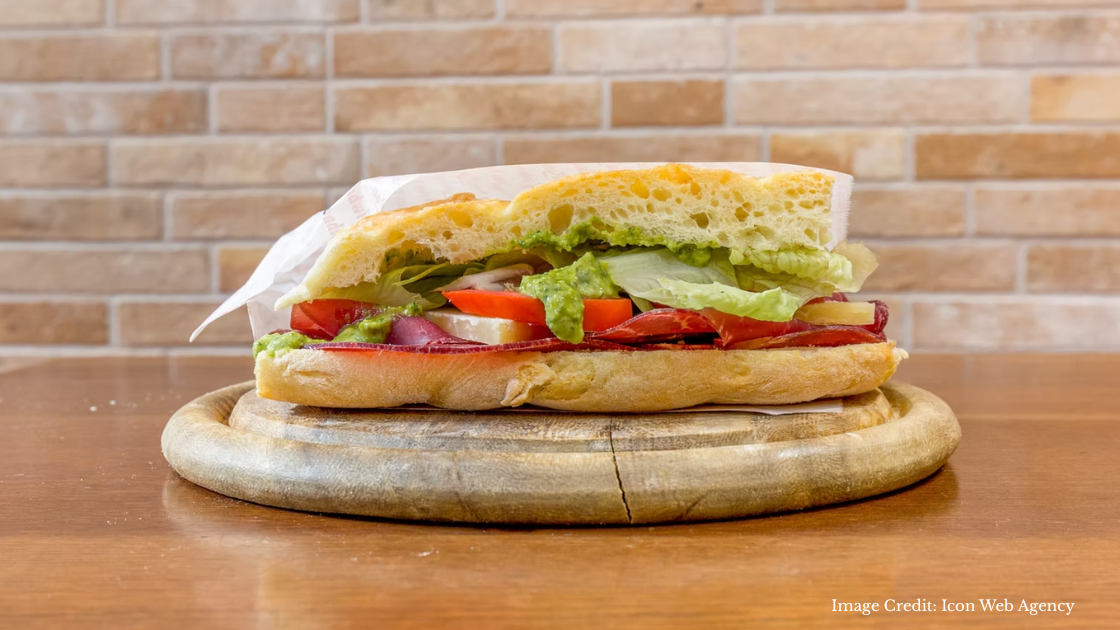
Location: 1761 N Vermont Ave, Los Angeles, CA 90027
Florence’s iconic Salumeria Verdi has landed in Los Feliz with Pino’s Sandwiches, offering flaky schiacciata layered with cured meats, cheese, and fresh vegetables. Options like the Best roast beef and spicy sauce combo strike the perfect balance of rich flavor. It’s Italy by way of Eastside LA.
Cafe Tondo

Location: 1135 N Alameda St, Los Angeles, CA 90012
Chinatown’s new darling is Cafe Tondo, a Mexico City–inspired café offering pastries, spritzes, and savory bites under the A Line tracks. With conchas by day and salsa nights on the weekend, it’s a lively, stylish addition to the neighborhood. Expect guacamole, rockfish Milanesa, and natural wine in a uniquely LA setting.
Happies Hand Made
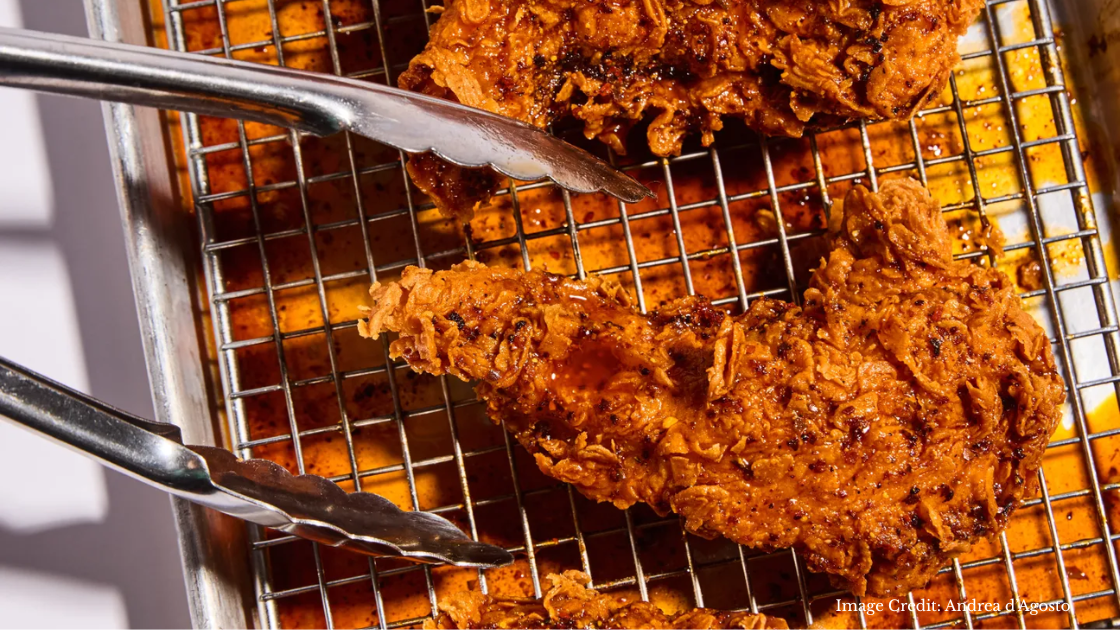
Location: 427 S Hewitt St, Los Angeles, CA 90013
Happies Hand Made is a fried chicken dream, with crispy tenders tossed in Sichuan spice, cherrywood-smoked wings, and a syrup-drenched “liquid” waffle. Created by Joshua Skenes, of Saison fame, the Arts District spot elevates fast-casual fare with chef-driven precision. Don’t skip the soft serve—topped with honeycomb or passionfruit.
Berenjak

Location: 1000 S Santa Fe Ave, Los Angeles, CA 90021
London’s acclaimed Berenjak brings Persian soul to the Arts District with charcoal-grilled kebabs, creamy mezze, and cocktails laced with saffron and yogurt. Dine on house-baked taftoon and beef filet kebabs in a sultry garden-level setting at Soho Warehouse. With its Bib Gourmand pedigree, Berenjak is poised to become a downtown favorite.
Bub and Grandma’s Pizza
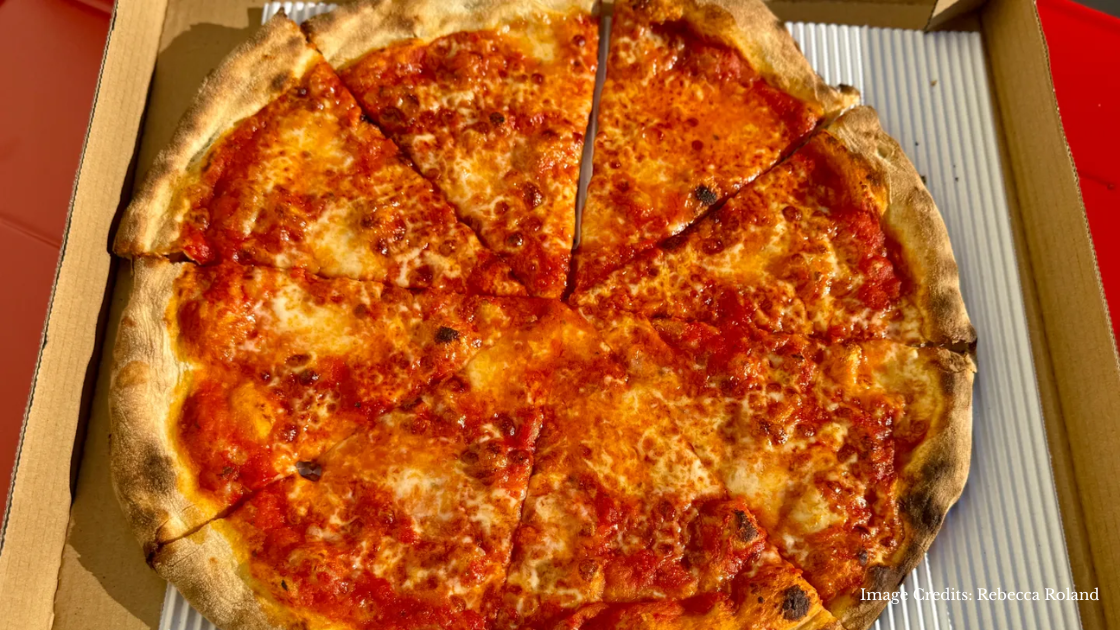
Location: 5101 York Blvd, Los Angeles, CA 90042
This new slice shop from sourdough savants Bub and Grandma’s channels East Coast pizza traditions with LA creativity. Think Bolognese pie with pork ragu, potato white with Taleggio, and red-sauce classics by the slice. Garlic knots and Caesar salad round out the menu, making this Highland Park pizzeria a carb-lover’s paradise.
Badash Bakes

Location: 247 E Colorado Blvd, Pasadena, CA 91101
Pasadena’s hottest new bakery is Badash Bakes, known for its viral matcha cinnamon rolls, red velvet cakes, and banana pudding. Chef Ashley Cunningham built a loyal following online before opening her brick-and-mortar shop, now packed with daily crowds. It’s the perfect destination for indulgent treats and a morning pick-me-up.
Betsy

Location: 875 E Mariposa St, Altadena, CA 91001
Bernee has returned as Betsy, a live-fire restaurant in Altadena with seasonal California ingredients and a soulful, hearth-driven menu. Ribeyes, pork collar, and cheesecake all kiss the flames of the central grill, while natural wines flow freely. With its roots in resilience after the Eaton Fire, Betsy offers community warmth and culinary excellence in one.









